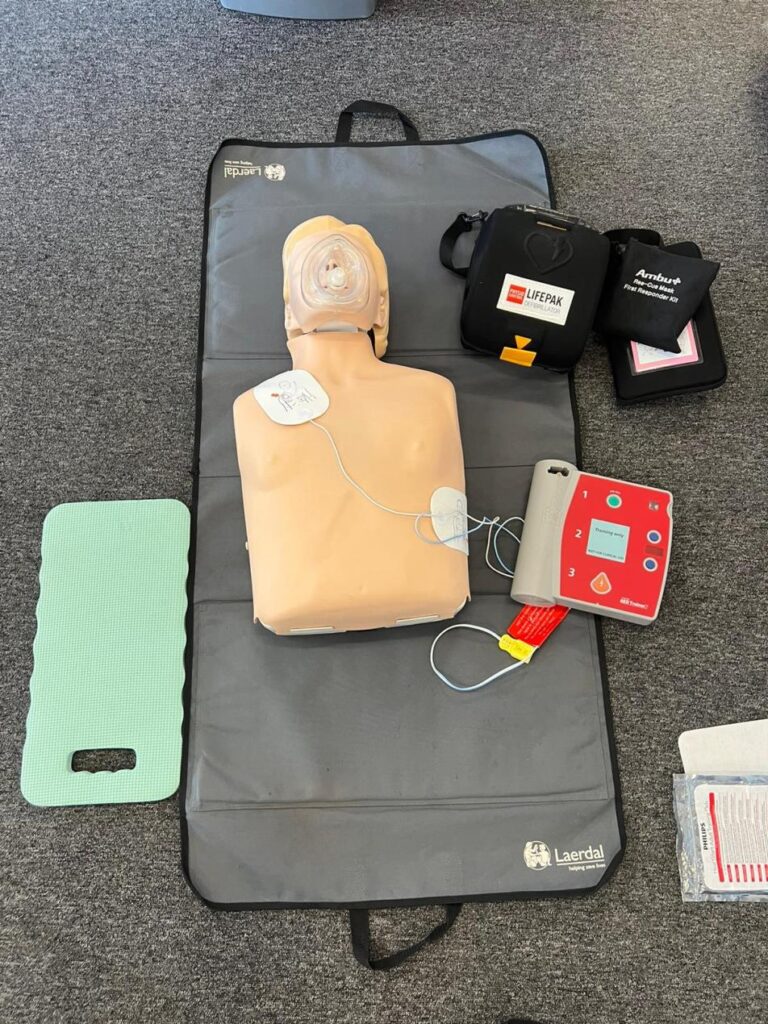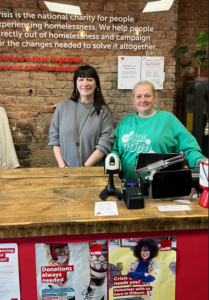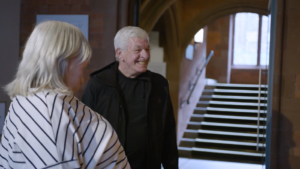St John Ambulance Cymru encourages communities across Wales to become more Defib-Aware

St John Ambulance Cymru encourages communities across Wales to become more Defib-Aware
St John Ambulance Cymru has rebranded February as Defibruary in an attempt to continue their mission to improve the health and wellbeing of communities in Wales by encouraging people across the country to ‘Learn, Locate, Donate.’
According to research by the Resuscitation Council UK, for every minute that someone’s in cardiac arrest without receiving CPR and having a defibrillator used on them, their chance of survival decreases by 10%
There are an estimated 100,000 public access defibrillators across the UK, however, tens of thousands of these are unknown to ambulance and emergency services. Once located and registered, emergency services can direct bystanders to their nearest defibrillator and increase a person’s chance of survival.
Defibrillators are normally located in workplaces and public spaces like shopping centres, community centres, and train stations. These defibrillators are known as public access defibrillators (PADs) as anyone can use them.
If you need a defibrillator in an emergency, the 999 emergency operator may be able to tell you where one is, so you can ask someone to get it. By performing CPR and using a defibrillator, you’ll give someone the best possible chance of survival.
As part of its annual Defibruary Campaign St John Ambulance Cymru is encouraging people across Wales to make sure they know where they can find their nearest defibrillator.
The Circuit is a partnership between St John Ambulance (both in England and Wales), the British Heart Foundation and the Resuscitation Council UK, providing a nationwide overview of where defibrillators can be found. Many defibrillators never get used because people are unaware of where they are located or how to access them – this costs lives.
Darren Murray, Head of Community Operations, says, “At St John Ambulance Cymru we offer training to ensure people know how to use a defibrillator, but it’s also vital that people know where they can find one.
Using a defibrillator within three minutes of a cardiac arrest can drastically improve someone’s chance of survival[DM1] , so speed is important.
A person’s chances of surviving a cardiac arrest in the community decreases by up to 10% with every passing minute; the longer the delay to the resuscitation, the worse the outcome. Knowing a defibrillator’s location can be the difference between life and death.”
The Circuit has helped map over 50,000 defibrillators in the UK and counting, and you can enter your postcode to locate the ten defibrillators closest to you using https://www.defibfinder.uk/




